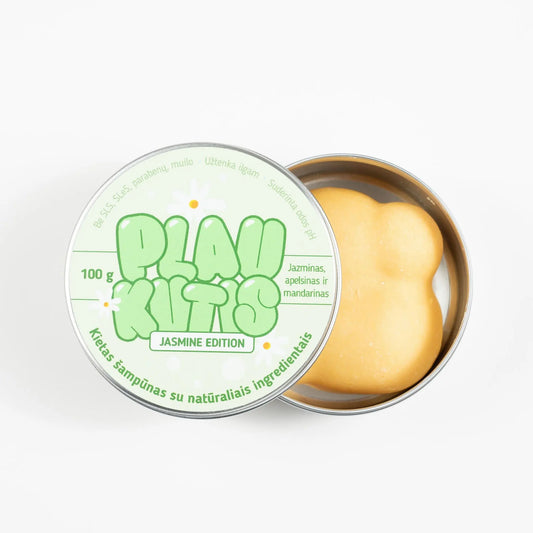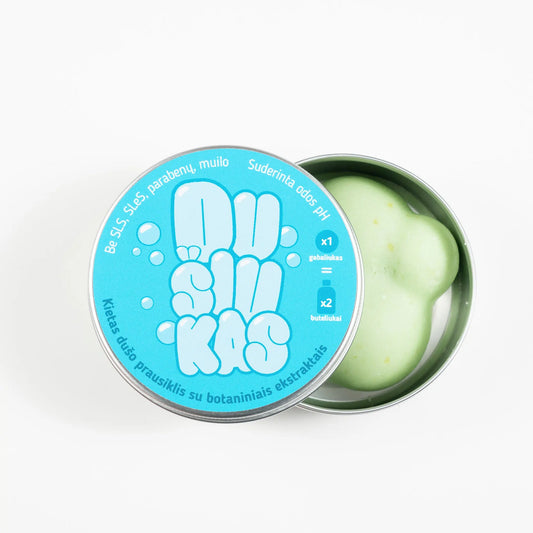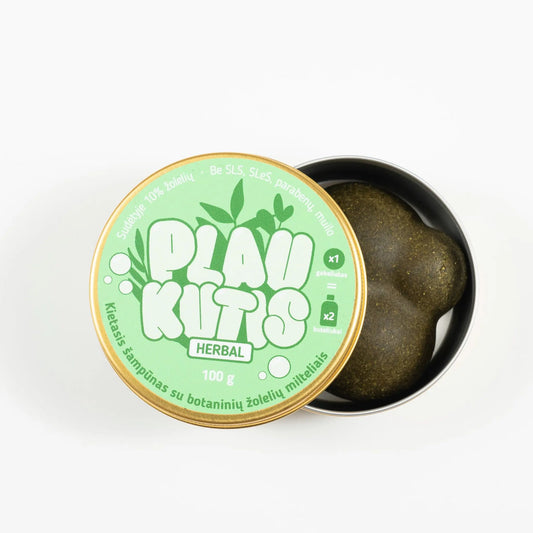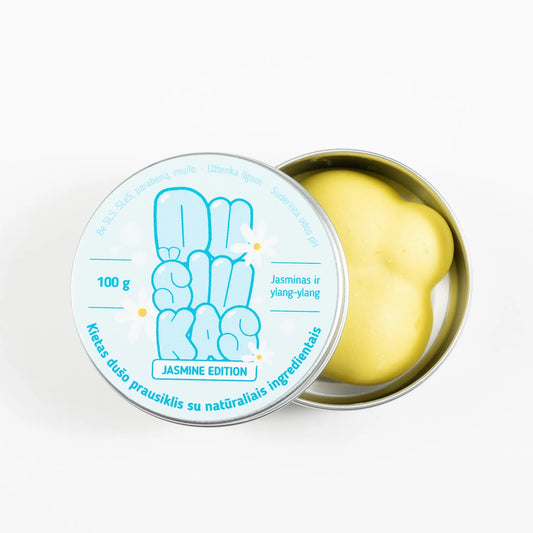The average person has about 100,000 hair follicles on their scalp? Each follicle plays a major role in determining your hair type. Follicles determine not only the shape of your hair, but also its texture, density, and thickness. Knowing your hair type is key to choosing the right products and care routines to keep your hair healthy and manageable.
Hair classification systems help to categorize different hair types into easy-to-understand categories. The right system helps you better understand your hair’s characteristics and tailor the best care products to your needs. The three main hair classification systems are Andre Walker , LOIS , and FIA . Each system offers a unique perspective on hair types, making it easier to understand what your hair needs.

Andre Walker System
What is the Andre Walker Hair Type System?
The Andre Walker system is one of the most popular hair classification methods. This system was developed by celebrity hairstylist Andre Walker. It divides hair into four main categories:
- Type 1: Straight hair
- Type 2: Wavy hair
- Type 3: Curly hair
- Type 4: Spiral hair
These categories have subcategories such as 2A, 2B, and 2C, which more accurately describe hair texture. The Andre Walker system is popular in salons and among consumers due to its simplicity.
Advantages of the Andre Walker system
- Simplicity : This system is easy to understand and use, making it a great choice for beginners.
- Widely known : Many hair stylists use this system, making it easier to find products or advice tailored to your hair type.
- Quick Identification : The system helps you quickly identify your hair type based on key categories.
Disadvantages of the Andre Walker system
- Too simple : While this system is easy to use, it doesn't take into account important factors like hair porosity or density, which can have a significant impact on hair care.
- Limited for curly and coily hair : For people with curly or coily hair, this system may not accurately describe curl patterns, texture, or thickness.
- No highlighting of mixed textures : The system is not always suitable for people with mixed hair types, which is typical of people of mixed origins.

LOIS hair type system
What is the LOIS hair type system?
The LOIS system offers a more detailed classification of hair, examining not only curl patterns but also hair thickness and texture. LOIS stands for:
- L : L-shaped bends
- O : Round curls
- I : Straight hair
- S : S-shaped waves
This system also takes into account whether the hair is thin, medium, or thick , and whether the texture is spongy, cottony, or silky .
Advantages of the LOIS system
- More details : The LOIS system provides more information about the uniqueness of the hair, including its texture and curl patterns.
- For mixed hair : This system is especially beneficial for people with mixed-textured hair, such as both wavy and curly.
- Takes a deeper look at hair : By assessing hair thickness and texture, the system provides a broader view of hair care needs.
Disadvantages of the LOIS system
- Complexity : While the LOIS system is more detailed, it can be too complicated for people who are trying to understand their hair type for the first time.
- Less used by professionals : Compared to the Andre Walker system, the LOIS system is not as widely used in salons, so it may be harder to find advice or recommendations.

FIA hair type system
What is the FIA hair type system?
The FIA system provides a detailed three-part hair classification. It examines:
- Curl pattern : Similar to the Andre Walker system (types 1, 2, 3, 4).
- Hair thickness : Determines whether the hair is thin, medium, or thick.
- Density : This is an assessment of how much hair is on the head by determining how much of the scalp is visible when the hair is dry.
This system is one of the most comprehensive hair classification methods, which is especially useful for precisely tailoring your hair care routine.
How to use the FIA system
Using the FIA system requires going through the following steps step by step. Here is how to classify hair:
- Determine your curl pattern : Is your hair straight, wavy, curly, or coily?
- Measure your hair thickness : Take a single strand of hair and compare it to a thread. If the hair is thinner than the thread, it is thin hair. If the hair is the same thickness, it is medium thickness. If it is thicker, it is thick hair.
- Assess density : Look at your hair when it's dry. If you can see a lot of scalp, your hair has low density. If you can barely see any scalp, your hair has high density.
Advantages and disadvantages of the FIA system
- Advantage : The FIA system is one of the most comprehensive, allowing for more precise hair care.
- Disadvantage : Due to its detail, this system can be complicated and time-consuming for those who want a quick estimate.
System comparison: which one is right for you?
Practicality and accuracy
Each of these three systems offers a different level of detail. The Andre Walker system is the easiest to use and best suited for those looking for a simple and quick way to determine their hair type. However, its simplicity may not be enough for people with mixed textures or extremely curly hair.
The LOIS system provides a broader understanding of your hair texture and pattern. It's a great option for people who want to learn more about their hair structure, thickness, and texture. However, it's not as widely used in salons, so it can be harder to find professional advice.
The FIA system is the most comprehensive, offering a comprehensive analysis of hair types. It is ideal for those looking to fine-tune their hair care routine. However, this level of detail may not be necessary for those seeking a simpler approach.
Popularity among professionals
The Andre Walker system remains the most widely used in salons. Many stylists use it when recommending products or giving hair care advice, especially for those with straight or wavy hair. However, the LOIS and FIA systems are becoming increasingly popular in the natural hair community, as they offer more nuance in describing curly and coily hair.
Product manufacturers also rely on these systems. Research shows that knowing your hair type can make it easier to find the right products. A 2019 study in the Journal of Cosmetic Dermatology found that 85% of women who used products tailored to their specific hair type reported better hair health and management results.

Myth busting and interesting facts about hair types
-
Myth : Straight hair doesn't frizz.
Fact : Even straight hair can get frizzy, especially in humid conditions. Hair absorbs moisture from the air, which causes the hair cuticle to lift. -
Myth : Curly hair is always dry.
Fact : Although curly hair tends to be dry, proper hydration and oiling can help prevent dryness. A study published in the British Journal of Dermatology found that using leave-in conditioners can increase moisture retention in curly hair by up to 70% . -
Myth : Hair grows faster when cut frequently.
Fact : Hair growth occurs at the root, not the ends. However, getting regular trims can help prevent split ends, making your hair look healthier and less prone to breakage. - Fun fact : Hair grows at an average rate of about 0.5 cm per month , or 6 cm per year . This growth rate can be influenced by genetics, age, and health.
- Fun fact : You have about 90,000-150,000 strands of hair on your head, depending on the density and thickness of your hair. Interestingly, people with blonde hair tend to have more hair (about 150,000), while redheads tend to have fewer (about 90,000).
Practical tips for managing your hair type
-
Straight hair :
- Wash more often to control oiliness.
- Use light conditioners and avoid heavy oils.
- Try volumizing products, especially for root lift.

-
Wavy hair :
- Use sulfate-free shampoos to preserve your hair's natural oils.
- Use mousse or gel to enhance waves and keep your hair from getting tangled.
- Use a diffuser to enhance the wave pattern without frizz.

-
Curly hair :
- Use a deep moisturizing conditioner once a week.
- Use curl creams or gels while your hair is still damp to retain moisture and define your curls.
- Let your hair dry naturally or use a diffuser to reduce frizz and enhance curls.

-
Spiral hair :
- Moisturize regularly with rich creams and oils, such as shea butter or coconut oil.
- Try protective hairstyles like braids or twists to reduce breakage.
- Sleep on a satin or silk pillowcase to reduce friction and preserve your curls.

Frequently asked questions
-
How do I know which hair classification system is best for me?
If you are new to the game, start with the Andre Walker system because of its simplicity. If you need more information, try the LOIS or FIA system. -
Can I have more than one hair type?
Yes, many people have mixed hair types, especially those with textured hair. The LOIS and FIA systems are great if you want to identify mixed textures more accurately. -
How can I control frizz based on my hair type?
For straight or wavy hair, avoid over-brushing and use anti-frizz products. For curly and coily hair, moisturize regularly and avoid heat styling. -
Can hair type change over time?
Yes, hormonal changes, such as during pregnancy or menopause, can change the texture and thickness of your hair. -
What is the best way to style spiral hair?
Use moisturizing products, avoid tight hairstyles, and try protective hairstyles like braids or twists to prevent breakage.
Conclusion: Why hair classification systems are important
Understanding your hair type through classification systems can transform your hair care routine. Whether you choose the Andre Walker , LOIS , or FIA system, knowing your hair type will help you choose the right products, avoid damage, and bring out your hair's natural beauty.
Take the time to experiment with these systems and find out which one works best for you. Knowing your hair type and adapting a care routine that suits it will help you have healthier, more manageable hair in the long run.













